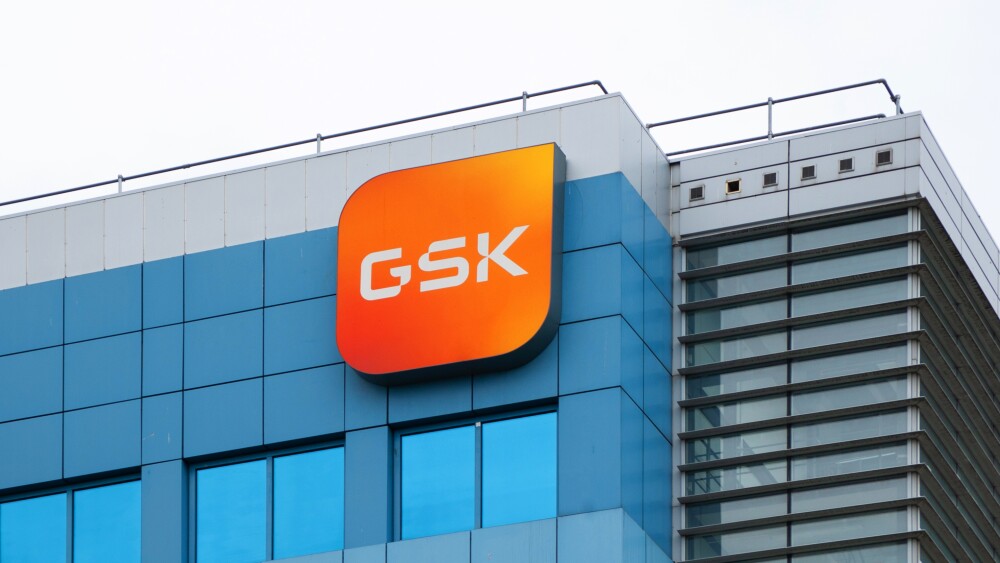Follow-up data from the MARIPOSA study show a favorable overall survival trend versus Tagrisso in EGFR-mutated advanced non-small cell lung cancer. The findings come just weeks after the Rybrevant-Lazcluze combination was approved for the first-line treatment.
Johnson & Johnson on Sunday posted long-term follow-up data from the Phase III MARIPOSA study, demonstrating that its combination regimen of Rybrevant and Lazcluze bested AstraZeneca’s Tagrisso as a first-line treatment for advanced non-small cell lung cancer.
The results—presented at the International Association for the Study of Lung Cancer’s 2024 World Conference on Lung Cancer (WCLC)—showed a “strong and improving” trend in overall survival (OS) in patients treated with J&J’s regimen. At three years, 61% of patients on Rybrevant plus Lazcluze were still alive, compared to 53% on the Tagrisso monotherapy.
The figures corresponded to a 23% OS benefit in favor of the combo regimen, with a nominal p-value of 0.019, according to J&J. The pharma will continue to assess MARIPOSA for OS, a key secondary endpoint for the study.
“We are advancing a chemotherapy-free regimen for the first-line treatment of patients with EGFR-mutant NSCLC (non-small cell lung cancer),” Shirish Gadgeel, associated director at the Henry Ford Cancer Institute and presenting author of MARIPOSA at the WCLC, said in a statement.
“This approach blocks EGFR and MET pathways and leverages the immune system, offering patients an opportunity for prolonged benefits,” Gadgeel said, pointing to the long-term survival benefits of the combination therapy when used in the first-line setting.
Rybrevant plus Lazcluze also resulted in nominally better three-year disease control in the central nervous system versus Tagrisso, cutting such risk by 18%. Intracranial progression-free survival was 38% in patients taking the combo regimen, compared to 18% in counterparts treated with AstraZeneca’s monotherapy.
With Sunday’s data, J&J continues to strengthen its case for the combo regimen of Rybrevant and Lazcluze, which last month won the FDA’s approval for the frontline treatment of EGFR-mutated NSCLC. Data from MARIPOSA supported this regulatory nod. In October 2023, J&J posted primary outcome results from the trial, demonstrating that the combination therapy reduced the risk of disease progression or death by 30% versus Tagrisso—a statistically significant effect with a p-value less than 0.001.
The median duration of response was also nine months longer with Rybrevant plus Lazcluze versus Tagrisso, J&J said at the time.
However, AstraZeneca’s third-generation, irreversible EGFR-TKI is a more established treatment option, and physicians might be more inclined to keep prescribing it over the J&J combo. A statistically significant OS benefit will help the New Jersey pharma to establish a foothold in the market. To this end, J&J will continue to assess for OS in MARIPOSA and Mark Wildgust, vice president of oncology global medical affairs, said in an interview with Fierce Pharma that results are expected in the first half of 2025.






